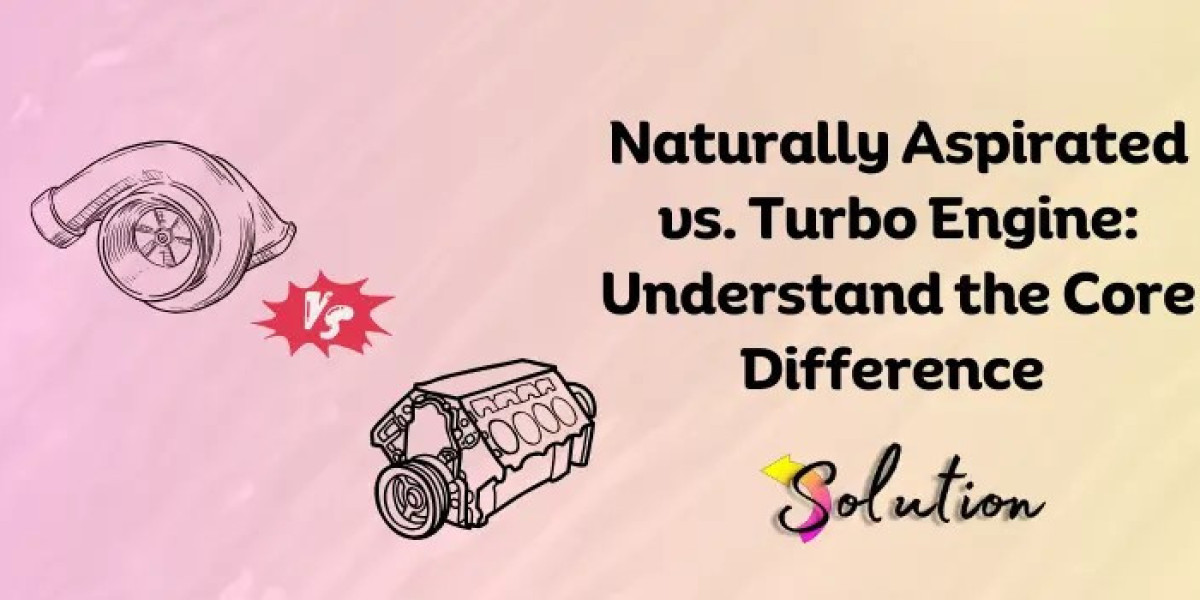When shopping for a car or learning about performance upgrades, one of the first things you’ll hear about is whether an engine is turbocharged or naturally aspirated (NA). But what do these terms mean, and how do they affect your driving experience? Let’s break down the Turbo vs. NA Engines: Key Differences so you can better understand what’s under the hood.
1. Power Delivery
Turbocharged Engines: Turbos use exhaust gases to spin a turbine that forces more air into the engine, effectively increasing its power output without significantly increasing engine size.
Naturally Aspirated Engines: These engines rely solely on atmospheric pressure to draw air in, meaning power comes purely from engine displacement and efficiency.
Result: Turbo engines usually offer more horsepower and torque from a smaller engine, especially at lower RPMs.
2. Fuel Efficiency
Turbo: Because turbos extract more power from a smaller engine, they can deliver better fuel economy—in theory. Real-world efficiency depends on how you drive; hard acceleration can quickly eat up savings.
NA: While generally simpler and more consistent, NA engines may be less efficient than smaller turbo engines under moderate driving conditions.
Result: Turbos have the edge in potential fuel economy, but results vary based on driving habits.
3. Throttle Response
Turbo: There can be a delay known as turbo lag—a slight hesitation before the boost kicks in.
NA: Delivers power more linearly and predictably, with immediate throttle response.
Result: NA engines often feel more responsive and predictable, especially for performance purists.
4. Maintenance & Reliability
Turbo: More complex with additional components (turbine, intercooler, etc.), which can lead to higher maintenance costs and potential reliability concerns over time.
NA: Simpler design with fewer parts to fail. Generally considered more reliable and easier to maintain.
Result: NA engines are typically more robust long-term, especially with basic maintenance.
5. Cost
Turbo: Typically more expensive to manufacture and repair due to added components.
NA: More affordable in terms of initial purchase and upkeep.
Result: If you're on a tighter budget or plan to own the vehicle long-term, NA may offer more value.
Final Thoughts
Choosing between a turbocharged and naturally aspirated engine depends on your priorities:
Want strong performance and good fuel economy in a smaller package? Go turbo.
Prefer simple mechanics, lower cost of ownership, and responsive driving feel? Stick with NA.
Modern engineering continues to blur the lines, but understanding these core differences can help you make a more informed decision the next time you're browsing for a car—or just talking shop.








